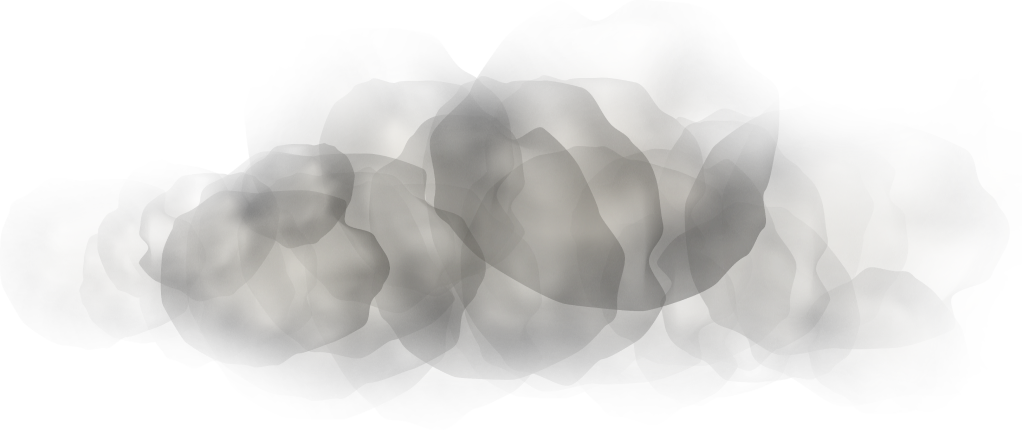The process of cultivating and weaving a silk carpet is lengthy and meticulous, involving numerous stages from silk worm rearing to carpet packaging. First, silk worm eggs are sourced from reputable suppliers and kept under optimal temperature and humidity conditions until they hatch into larvae. These larvae are fed fresh mulberry leaves to ensure proper growth. After several molting stages, the worms spin cocoons around themselves, which are then collected.
Next, the cocoons are boiled to separate the silk fibers, which are then carefully stretched and spun into threads. These threads are washed to remove any grease or impurities and then dyed using natural or synthetic dyes before being dried. Meanwhile, skilled designers create the carpet pattern, which is then transcribed onto paper either digitally or manually.
The carpet is then washed with mild detergents and dried in the open air or in drying machines. Any minor imperfections are corrected, and the carpet is meticulously finished to achieve the best possible appearance. The carpet undergoes a final inspection by expert craftsmen who rectify any potential defects and ensure it meets quality standards. Finally, the carpet is carefully folded and packed appropriately, ready for transport. Each of these stages is executed with precision and attention to detail to produce a high-quality silk carpet.
The process of cultivating and weaving a silk carpet is lengthy and meticulous, involving numerous stages from silk worm rearing to carpet packaging. First, silk worm eggs are sourced from reputable suppliers and kept under optimal temperature and humidity conditions until they hatch into larvae. These larvae are fed fresh mulberry leaves to ensure proper growth. After several molting stages, the worms spin cocoons around themselves, which are then collected.
Next, the cocoons are boiled to separate the silk fibers, which are then carefully stretched and spun into threads. These threads are washed to remove any grease or impurities and then dyed using natural or synthetic dyes before being dried. Meanwhile, skilled designers create the carpet pattern, which is then transcribed onto paper either digitally or manually.
The carpet is then washed with mild detergents and dried in the open air or in drying machines. Any minor imperfections are corrected, and the carpet is meticulously finished to achieve the best possible appearance. The carpet undergoes a final inspection by expert craftsmen who rectify any potential defects and ensure it meets quality standards. Finally, the carpet is carefully folded and packed appropriately, ready for transport. Each of these stages is executed with precision and attention to detail to produce a high-quality silk carpet.







